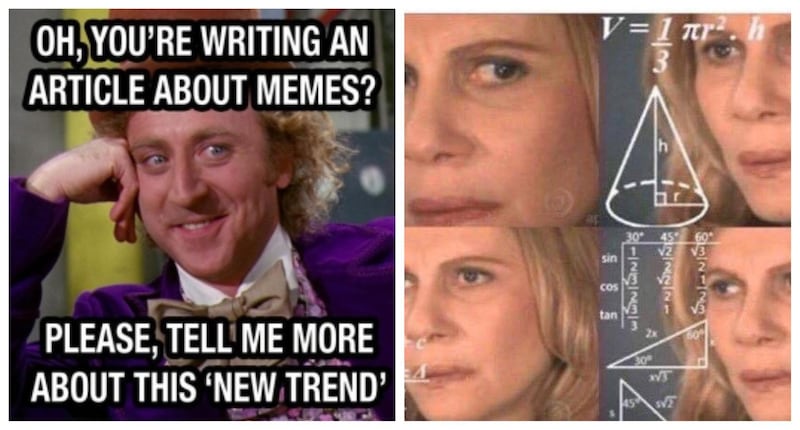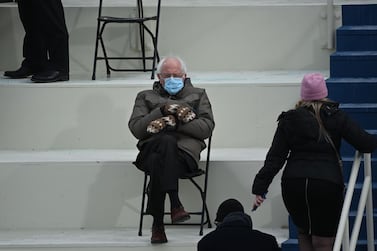Memes – pronounced meems, not me-mes, because you’d be surprised how many people still don’t know that – are one of those global cultural touchstones that have become synonymous with the internet.
Pre-world wide web, it used to be global events that united us, such as the 650 million people who watched the 1969 Moon landing, or the 750 million who came together to watch Prince Charles and Diana's 1981 wedding. But these days, with the dissemination of content across too many platforms to count, it's unlikely the world will ever collectively come together in the same way to witness history in the making.
Instead, the internet's democratisation of information, as well as who can access that information and when, has created an infinite number of ways in which we unify and relate to one another in a digitised world. And memes have emerged as one of those ways.
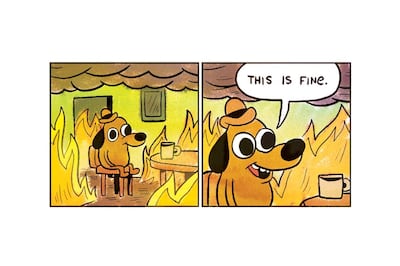
‘Cultural units of information’
The term "meme" was first used back in 1976. Coined by British evolutionary biologist and author Richard Dawkins in his book The Selfish Gene, Dawkins, when searching for a word to describe the concept of the transmission of an idea, blended the Greek word "mimeme" – meaning something that is imitated – with gene.
Of course, back then, Dawkins wasn’t referring to cats that “can haz cheeseburgers” or dogs claiming they’re “fine” in a house that’s burning down around them, but rather was talking about culture and memes were, as he put it, “cultural units of information".
Fittingly, thanks to his invention of the word, Dawkins went on to become a meme himself in a meta move he thankfully seems to find amusing.
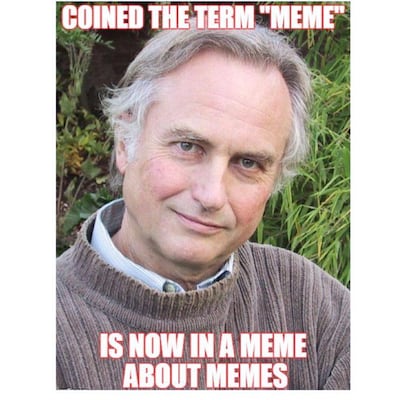
Fast-forward 45 years and memes, along with gifs and emojis, have become the currency of communication, not only online, but also segueing easily into daily conversations, whether face-to-face or via WhatsApp.
With the right app and a soupcon of observational creativity, anyone can become a maker of memes, plugging their own little snippets of culture directly into the relentless machine that is the internet.
‘Memes unify people … they make them feel less alone’
"Our Instagram was an organic transition from a group chat we had, wherein we would discuss our lives and our misadventures, which we then humourised and turned into memes," Lola Tash tells The National.
The actress and writer, along with her sisters Nora and Gina Tash, and best friend Nicole Argiris, run the meme-based Instagram account MyTherapistSays, which currently has more than 6.1 million followers.

“We would validate the bad advice we were giving each other constantly by saying, ‘Well, my therapist said …’, although our therapists never actually advised any such thing. We were dealing with a lot personally, and satirising it helped alleviate some of the more severe aspects of the hands we'd been dealt. From that, we thought it would be a fun outlet to channel our stresses and anxieties into creating memes, anonymously, based on our lives.”
Often featuring memes that are liked by and commented on by celebrities including Gwyneth Paltrow, Chrissy Teigen and a whole host of A-listers and supermodels, MyTherapistSays, which launched in July 2015, has, along with TheFatJewish, LadBible and TankSinatra, become one of the most popular meme accounts on social media.
“We think, and especially now, there is a need for both escapism and unity,” says Argiris of the inherent value of memes in modern society.
“You want to forget your life for a few silly moments and laugh at the misadventures of others, instead of being so focused on your own. But when you see a whole community dealing with what you’re dealing with and overcoming these challenges together, it fills you with a sense of strength. That’s why memes tend to unify people since they see others, just like them, with their struggles and their quirks, and it makes them feel less alone.”
‘They break down topics in a format that is more easily consumed’
One of the earliest memes featured the cartoon character Pepe the Frog, created by Matt Furie in 2005 for the comic Boy's Club. Unfortunately for Pepe, his appropriation by the alt-right saw him fall out of favour in mainstream meme-making, while for many others, the Dancing Baby – which then made the leap on to the small screen in TV show Ally McBeal – was their first brush with meme culture.
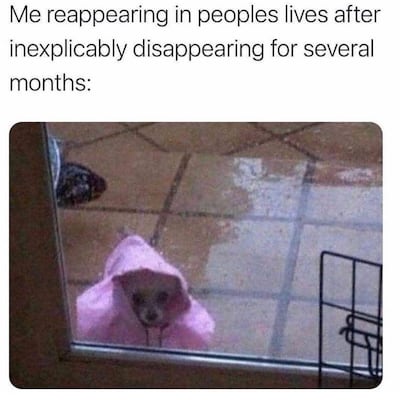
Since then, even your grandparents are likely to have forwarded you memes featuring Blinking Guy, Confused Math Woman or Success Kid. And who among us hasn’t been soothed by a stressed-out Spongebob Squarepants, been judged by Grumpy Cat or related to a zeitgeisty Distracted Boyfriend zinger? But why do some memes go viral, while others don’t? What makes a meme stick in the global collective consciousness?
“A crossover from two distinct sides,” explains Dubai creative social strategist Alexandra Maia, founder of @alexhouseofsocial, of why some memes just make it. “For example, politics to cultural current trends, or something mainstream with something from pop culture – two very opposite or random things getting mixed together.”
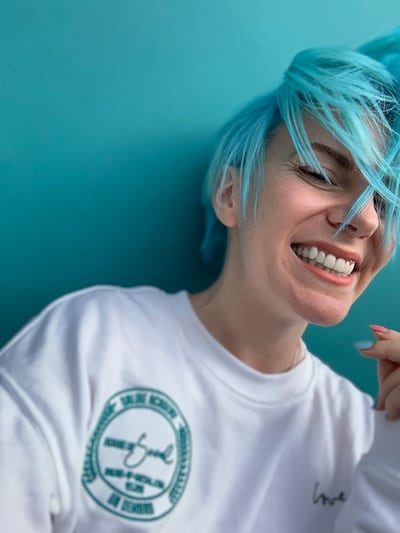
And according to Maia, the benefits of memes are far-reaching.
“Memes not only show there is a great appetite for humour on social media – people want to laugh, they want a break from their troubles – they have also created a lot of opportunities for talented people who can create this type of content,” she says.
“A larger impact is the ability of memes that cross over from politics to cultural current trends, allowing for certain topics to gain larger attention in a format that is more easily consumed.”
This is an insight the MyTherapistSays creators agree with. “There is something to be said for our attention span not being able to process too much long-form content, but never tiring of the short-and-quick nature of memes,” says Argiris.
‘Be cheerful, Live your life’: The first meme from 3 BC

Just as the modern world didn’t invent graffiti, with ancient Greeks and Romans scrawling slogans and insults on public walls, and initials being carved into tree trunks since humans first encountered bark, nor are memes a particularly modern invention.
Anthropologists have long joked that the first meme dates back to 3 BC after archaeologists uncovered in what used to be the ancient city of Antioch, now modern Turkey, a mosaic image of a skeleton above the inscription: “Be cheerful, live your life.”
The world’s first Yolo, anyone?
“We think memes take the complexities of life, the struggles and inconsistencies, and summarise them in such a quick and quippy way where you're almost taken aback by the brutally funny honesty,” says Nora Tash.
“However, at the same time, it is incredibly creative, in its own special way, to be able to verbalise so aptly and honestly the trials and tribulations of everyday life in a way in which millions of people from different backgrounds, genders and experiences can still all come together and say: ‘This is so me!’”
